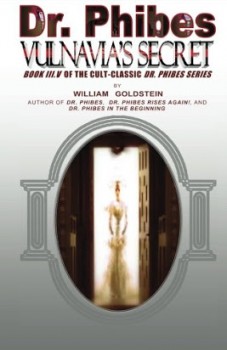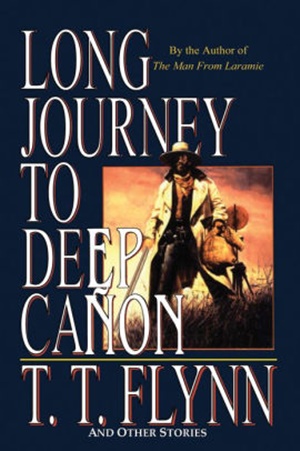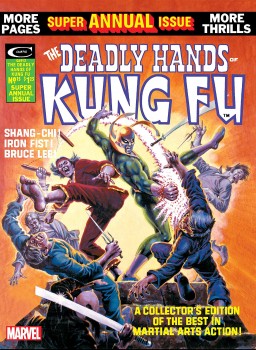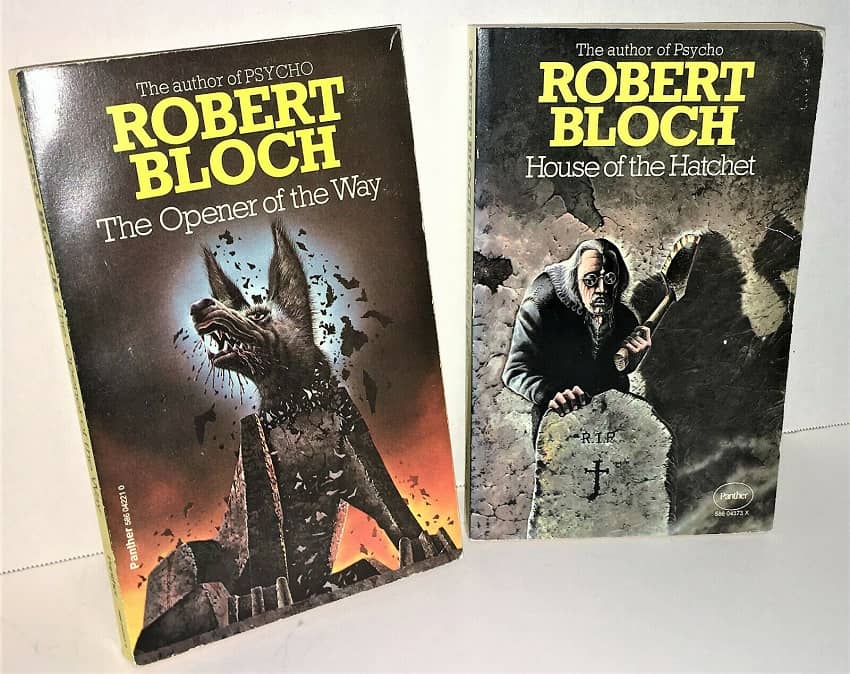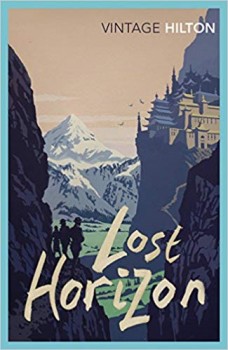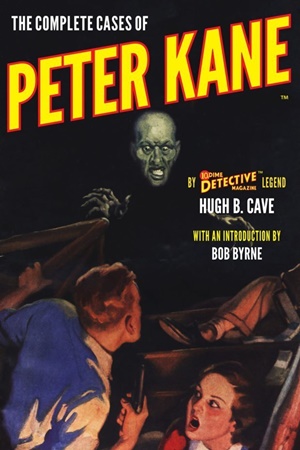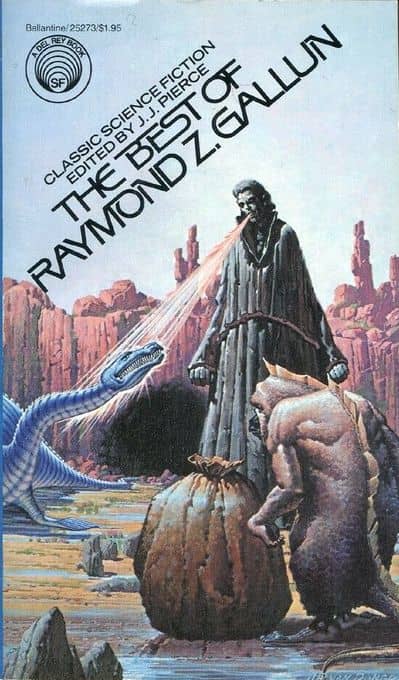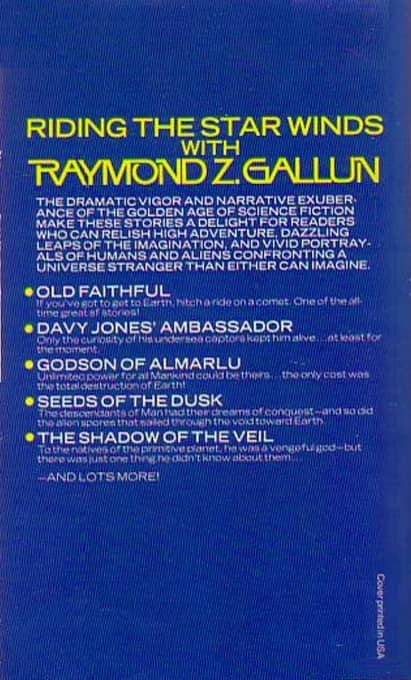Analog Announces 90th Anniversary Reprint Series
 |
 |
Analog Science Fiction and Fact, November-December 2019, and an excerpt from Trevor Quachri’s editorial
Gabe Dybing, who clearly gets his issues of Analog faster than I do, tipped me off that editor Trevor Quachri has something very interesting planned for the magazine’s upcoming 90th Anniversary year (90! Holy cats). Gabe sent me the above pic of Trevor’s editorial in the November-December issue, on sale this week. For those of you who don’t like to squint, here’s the relevant text.
As many of you may know, 2020 is going to be Astounding/Analog’s 90th anniversary year, and the January/February issue is the 90th anniversary of our very first issue. Something we’ll be doing that requires a little explanation is a series of limited retrospectives over the year: each issue we’re running a reprint from one of our past decades, with an introduction (in the editorial/guest-editorial space) talking about it either as a historical artifact, an overlooked gem, or just a personal favorite — a story that an editor or knowledagable (sic) author found interesting for whatever reason but didn’t have an appropriate venue in which to chat about it.
The goal is to cover the ’40s, ’50s, ’60s, ’70s, ’80s, and ’90s, the thinking being that most of the material from the ’30s isn’t really reflective of the magazine’s later identity, and anything from 2000 on is too recent. We’re going to try to keep it to one story per decade, though the nature of the project (tracking down the rights to older material particularly) means that’s not entirely set in stone. Some of those decades had a lot of good stories! But we have to save some ideas for the centennial, after all.
This is great news for classic SF fans, and I look forward to seeing what Trevor chooses (and I hope some bright-eyed new readers will discover a few giants of the genre as a result).
But since I’m old, I also have to grouse a little… Trevor can’t find one pulp story from the 1930s worth a look?? In the 1930s, John W. Campbell and Astounding published stellar fiction by the best pulp writers of the era — including “Who Goes There?” by John W. Campbell, Jr, “Helen O’Loy” by Lester del Rey, “Black Destroyer” by A. E. van Vogt, “Life-Line” by Robert A. Heinlein, “Ether Breather” by Theodore Sturgeon, and many, many more. Maybe Trevor is just looking for suggestions. Shout yours out in the Comments.

